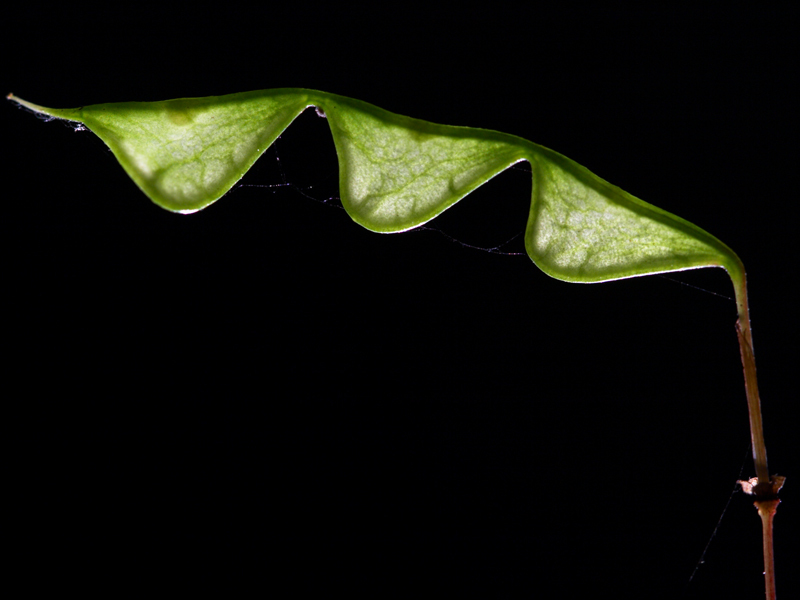A Hitchhiker Guide
October 14, 2025

Plants producing sandburs (or sandspurs) belong to a group of annual native weeds that are commonly found growing in patchy lawns or sandy areas. The seed heads or “burs” of these plants are covered in needle-sharp spines that can be extremely painful when stepped on.
The purpose of the burs is not to inflict pain but to hitch a free ride on a passing animal (or human) and disperse the few seeds contained inside the bur. Seeds or fruits that have hooks, spines or other “stickiness” designed to attach to a passing animal are usually referred to as “hitchhikers,” but botanists use the term epizoochory.
Among seed dispersal methods, epizoochory is relatively rare. The other more common methods include wind, water, gravity and ballistic (explosive splitting of seed pod or fruit). But because plants have limited mobility, dispersal — regardless of the method — is essential.
Here are a few of the most common hitchhikers in the Southeast.
STICKTIGHTS (Desmodium spp.)
This group includes several legume species native to the eastern United States. They have flattened bean pods separated into triangular sections (the botanical term for this type of pod is “loment”). The pods are covered in tiny barbed hairs that attach firmly to clothes, shoes or animal fur.
SOUTHERN SANDBUR (Cenchrus echinatus)
Known as an aggressive, invasive weed that can be incredibly difficult to get rid of, sandburs like sandy soil and often grow in lawns and pastures. In late summer, this annual grass produces flower spikes covered in spiny burs.
COMMON COCKLEBUR (Xanthium strumarium)
Considered highly invasive worldwide and distributed across North America, these are inch-long, football-shaped burs covered in stiff, hooked spines. They are very difficult to extract from fur and clothing, and many parts of this plant are poisonous to livestock.
SPANISH NEEDLES (Bidens bipinnata)
These come from an annual with yellow, daisy-like flowers that bloom in the fall then leave behind 1-inch diameter clusters of elongated, skinny seeds (or “needles”) each with 2-4 barbs on the end. Spanish Needles will attach in large numbers to any fur, clothes or skin.
BEARDED BEGGAR’S TICKS (Bidens aristosa)
These flowers resemble Spanish Needles but the seeds are shorter and flatter with 2-pronged stickers on one end. They are also called Tickseed Sunflower because the seeds look and attach like tick insects. Another related plant is Devil’s Beggarticks (Bidens frondosa).
COMMON BURDOCK (Arctium minus)
Burdock is often confused with cocklebur because the extremely spiny seed pods look very similar on both plants. However, parts of burdock plants have long been used as medicinal herbs and burdock roots are consumed as vegetables. Burdock was the inspiration for the hook-and-loop fastener known as Velcro after the Swiss inventor, George de Mestral, observed burdock burs sticking to his dog’s fur.
For more information about our upcoming activities, conservation news and groundbreaking research, follow @NaturalSciences on Instagram and Facebook.

